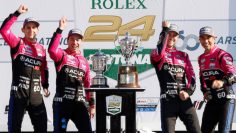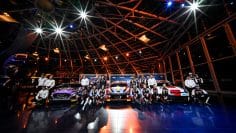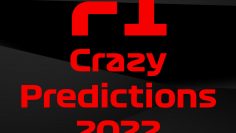The next driver in our Driver Spotlight Series looks at someone from a country that has very little racing pedigree.
Before this chapter begins, here are the first ten chapters from the series. So far we have looked at the best of Britain, France, Japan, USA, Spain, Australia, Sweden, Hungary, Brazil and New Zealand.
- Lewis Hamilton: Britain’s Greatest Ever Racing Driver
- Sebastien Loeb: The French Rally King
- Kamui Kobayashi: Fearless and Underrated
- Jimmie Johnson: NASCAR’s Greatest Racing Driver, America’s Best
- Fernando Alonso: Too big for his own boots?
- Jamie Whincup: The Australian Michael Schumacher
- Johan Kristoffersson: The Modern day Super Swede
- Norbert Michelisz: A True Hungarian Hero
- Lucas Di Grassi: The Wise Old Fox
- Scott Dixon: The Best Driver Never to race in F1?
Estonia. Do any racing drivers come to mind when thinking about Estonia? Maybe a couple but Ott Tanak became Estonia’s first world champion when he won his first FIA World Rally Championship title in 2019.
Estonia has a population of just 1.3 million and rallying is a sport that is loved by the former Soviet country. Tanak was mentored by Markko Martin, a former WRC winner, and has gradually improved to now become world champion.
It has been a long time coming.
Tanak won the Estonian Rally Championhip in 2008 and 2009 making his WRC debut in Rally Portugal in 2009 too. He went on to win events in the WRC’s Production World Rally Championship (a category for Group N Rally Cars, the WRC-3 equivalent) in Finland and Great Britain in 2010. Things were looking promising.
http://gty.im/132235016
In 2011, he joined Ford and M-Sport. Immediately, he impressed in SWRC (WRC-2 equivalent) with a debut podium in Mexico. A roll in Greece proved costly but he bounced back with a third and two consecutive victories but he made a mistake in the final round and finished runner-up to Juho Hanninen. Nevertheless, it was an excellent year for a rookie.
A year later, he was already M-Sport’s number one man. 2012 was not a good year though. He made many mistakes, collecting punctures, damaging the car and crashing out of rallies. He did score his first podium in Italy and in the final round in Catalunya he was leading before crashing out when on for a good result.
Without doubt the speed was there but Tanak was reckless.
M-Sport pushed him out of the team in 2013 so Tanak competed in a number of Estonian rallies. It was almost like a year out for him. A year to clear his head and get things together after a tough season.
Tanak was back in the WRC scene 12 months later, this time in WRC-2. Unusually, Tanak did not spark the scene like he did a few years before although he did win in Poland. Things did not seem the same though and it was a worrying time for the Estonian.
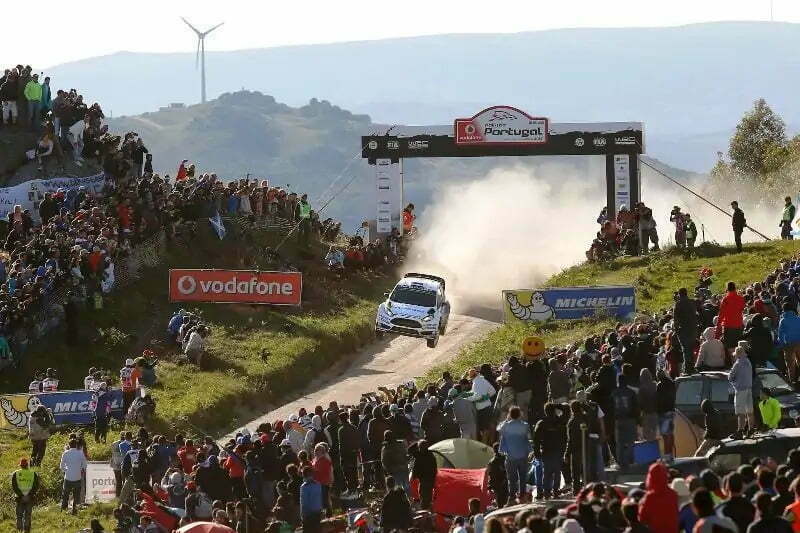
In 2015, Tanak competed in a full-season in the top WRC tier following Mikko Hirvonen’s retirement. He started to gain some consistency, perhaps in sacrifice for speed and had a sole podium that year. If you told someone Tanak would go on to become world champion and the fastest driver in WRC a few years later, most would have laughed at you. It did not look like Tanak would be anything special.
It was another year away from M-Sport and back with the DMACK World Rally Team. A repeat of 2014. This time though, the results were better. A pair of second places in Poland and Great Britain as well as 30 stage victories that year was the start of some momentum.
2017 was a breakthrough year. Teammates with Sebastien Ogier at M-Sport as well as a change of co-driver added up to an impressive year. His results with DMACK the previous year do not tell the full tale as Tanak did impress at times and in 2017 he proved he was nearly the finished article.
Without question he had the speed, especially on gravel. Two podiums to start the year was exactly what he needed and he soon found himself in a position to challenge regularly for podium positions. In Sardinia, he inherited the lead and finally won his first rally after years of trying. It was nearly back to back wins if not for a crash on the final stage in Poland.
It took a while for Tanak to find his feet in the WRC but M-Sport had faith with him and knew that the speed was always there. Tanak was now outpacing Ogier, Thierry Neuville and Jari-Matti Latvala.
A faultless victory in Germany 2017 gave M-Sport their first Rally Germany win since it became a WRC event in 2002. Tanak gained a lot of confidence not only from those wins but the fact he had the pace to outpace Ogier.

Ogier knew Tanak was going to be a threat sooner rather than later. Often, Ogier was the first to test the car but things changed when he started to ask Tanak for feedback. Tanak knew how to make the car faster and help develop the car too, he just needed the consistency to mount a proper title challenge.
Tanak left Ford and M-Sport after seven years of driving in blue. He joined Toyota. It was thought that it would take time for Tanak to find his feet but he proved the doubters wrong and was scarily quick from the off. A second place at the famous Monte Carlo rally and Corsica a few rounds later was backed up by a big performance in Argentina when he dominated the rally to give Toyota their first win of the season.
Three consecutive wins in Finland, Germany and Turkey put Tanak in a great position going into the final rounds after reliability issues earlier in the season in Mexico, Portugal and Italy. Tanak and Toyota should have been leading the championship but unreliability was letting them down. But, Tanak’s hat-trick of wins still gave them a chance.
Rally GB was a disaster. Tanak was leading once again but a damaged radiator after a jump resulted in zero points when he was on course for a fourth consecutive win. He was leading the way in Spain but this time a puncture ended his chances of the win, 23 points behind championship leader Ogier.
To add salt to the wounds, a transmission failure in the final round in Australia wiped away any hope and Tanak would not become champion. Tanak was by far the fastest driver. He won 70 stages that year, nearly twice as many as Ogier. Without reliability trouble, Tanak would have been world champion.
He was now driving like a champion, a little smoother whilst still taking a few risks.

2019 was a continuation of 2018 but this time Tanak and Toyota had the consistency. He led the drivers’ standings for the first time after winning in Sweden. Even though he had a puncture in Monte Carlo (still finished on the podium after six consecutive stage wins) and a problem with his tyre rims in Corsica, Tanak was still in contention for the title after five rounds.
He had back to back wins in Chile and Portugal and was on for another win in Italy until a power steering failure haunted him. It was still enough to put him back in the championship lead.
After the summer break, Tanak was unstoppable. Even though he had to sweep the roads he took the maximum 30 points and came out on top after a titanic battle between himself and Neuville in Germany.
An electric failure in Turkey prevented Tanak from three wins on the spin but his ice-cool, calm under pressure personality was exactly what he needed in a treacherous Rally GB. He was impeccable and now had a 28 point lead over second place Ogier with two rounds to go.
Problems for Ogier in the penultimate round of the year and another power stage win for Tanak gave him his first WRC title. Six wins on all different types of surfaces and another load of stage wins, it was more than deserved.
Tanak is 32-years-old which might be a surprise to many because people still think he is young. 2017 was the big year when he was able to challenge the mighty Ogier. He joiend Toyota with masses of speed and simply became a smarter racer.
The world champion rarely shows emotion and it’s been a fascinating story over the last ten years for him to get to this level. The first non-Frenchman and the first driver not called Sebastien to win the FIA World Rally Championship since 2003.
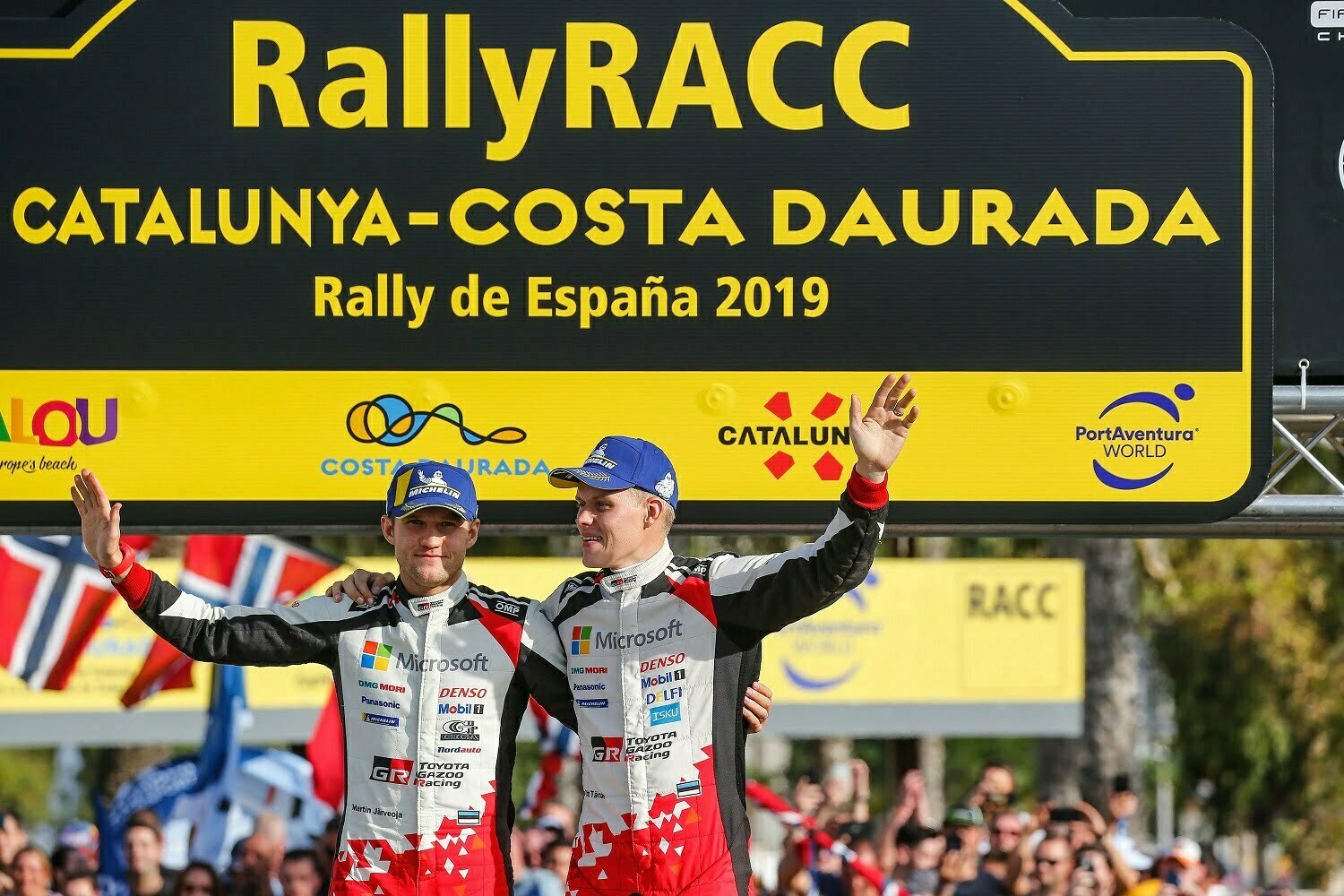
Ogier and Sebastien Loeb were the masters of consistency and picking up points. The art of rallying is to finish the rally before you can finish first because it can so easily go wrong in a split second. Both Frenchman mastered this skill and it is what made them so formidable.
Tanak now has the speed as well as the intelligence to back off a little when he has to. Putting speed and consistency together is the toughest thing to do in rallying but Tanak has got there in my opinion and it will force others to push harder and take more risks, making for more drama and excitement over the next few years in the WRC.
To beat the Estonian, you will now have to drive very quick and keep that level of intensity throughout a rally because Tanak has the ability to execute some unbeatable stage times when he needs to.
Earlier this year, Tanak has taken on another new challenge with Hyundai and it will be interesting to see whether he can get up to speed and take them to a title in his first year with the team.
A massive crash in Monte Carlo would have put many off but Tanak has taken two second places in Sweden and Mexico to show he is fearless and is ready to step hard on the gas even after a horrific accident.
In some ways, he has changed WRC. In the past Loeb and Ogier could drive at 90% and still win the rally. Now, Tanak is proving that you go at maximum attack and reel off stage wins to be victorious. The rest of the field will have to do the same which is only a good thing for the fans.
Its been a great career for Tanak and the jigsaw pieces have taken a long time to come together. It has finally happened though and we can only watch to see WRC’s latest star.




![Private: [ID: 71rYi-xncgM] Youtube Automatic](https://motorradio-xijqc.projectbeta.co.uk/wp-content/uploads/2024/08/private-id-71ryi-xncgm-youtube-a-1-360x203.jpg)
![Private: [ID: 1SfHxvC8Doo] Youtube Automatic](https://motorradio-xijqc.projectbeta.co.uk/wp-content/uploads/2024/07/private-id-1sfhxvc8doo-youtube-a-1.jpg)
![Private: [ID: H6XRkf6kROQ] Youtube Automatic](https://motorradio-xijqc.projectbeta.co.uk/wp-content/uploads/2024/07/private-id-h6xrkf6kroq-youtube-a-1-360x203.jpg)
![Private: [ID: Kb6w-qAmKls] Youtube Automatic](https://motorradio-xijqc.projectbeta.co.uk/wp-content/uploads/2023/12/private-id-kb6w-qamkls-youtube-a-360x203.jpg)
![Private: [ID: CcpwYw20k3k] Youtube Automatic](https://motorradio-xijqc.projectbeta.co.uk/wp-content/uploads/2024/07/private-id-ccpwyw20k3k-youtube-a-360x203.jpg)

![[ID: x1SiRC5jhW4] Youtube Automatic](https://motorradio-xijqc.projectbeta.co.uk/wp-content/uploads/2022/04/id-x1sirc5jhw4-youtube-automatic-360x203.jpg)
![[ID: lMZ8lAeLubk] Youtube Automatic](https://motorradio-xijqc.projectbeta.co.uk/wp-content/uploads/2022/04/id-lmz8laelubk-youtube-automatic-360x203.jpg)
![[ID: GAYCcnqyFo4] Youtube Automatic](https://motorradio-xijqc.projectbeta.co.uk/wp-content/uploads/2022/04/id-gayccnqyfo4-youtube-automatic-360x203.jpg)
![[ID: Gg142H296QY] Youtube Automatic](https://motorradio-xijqc.projectbeta.co.uk/wp-content/uploads/2022/04/id-gg142h296qy-youtube-automatic-360x203.jpg)

